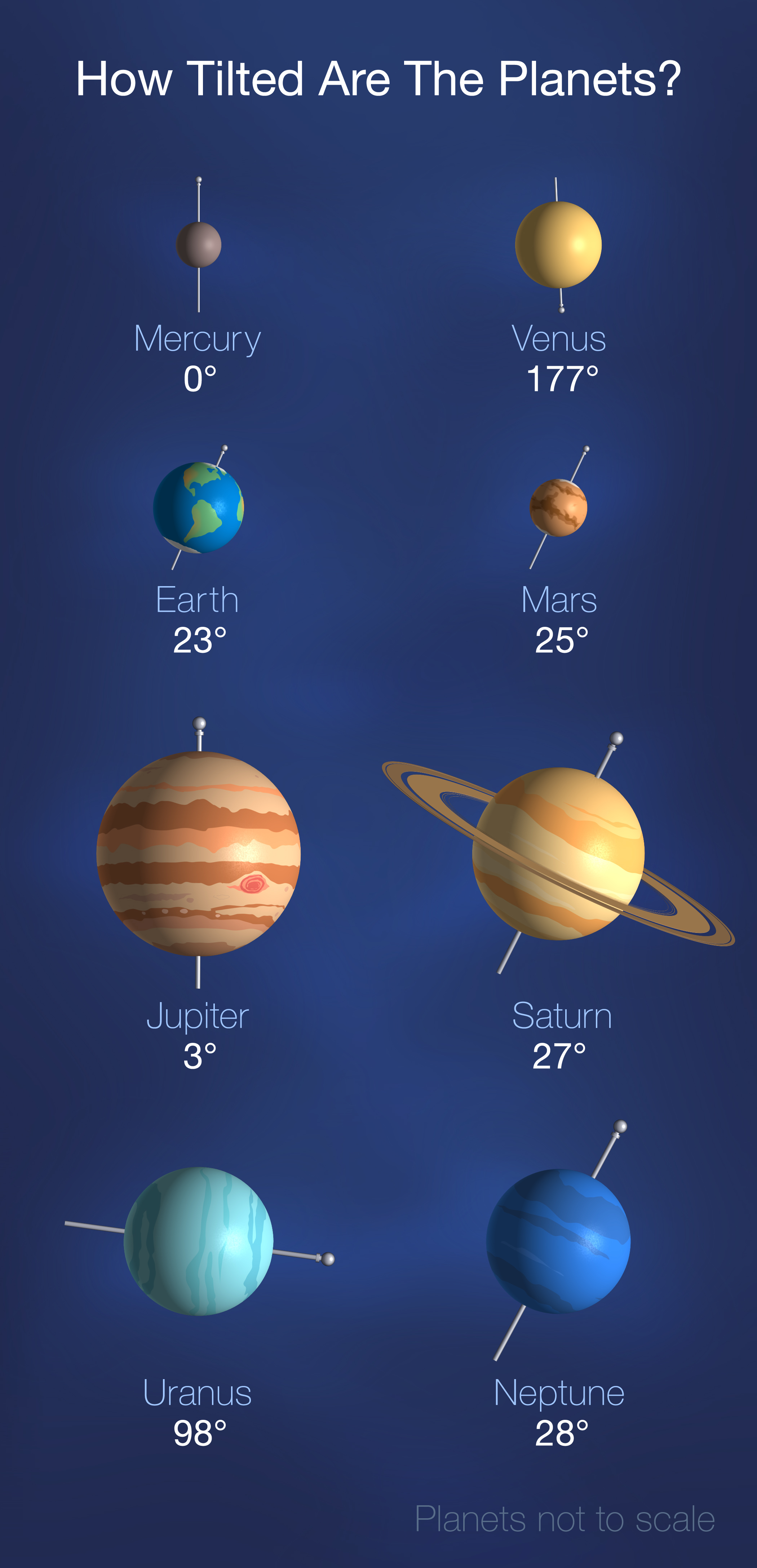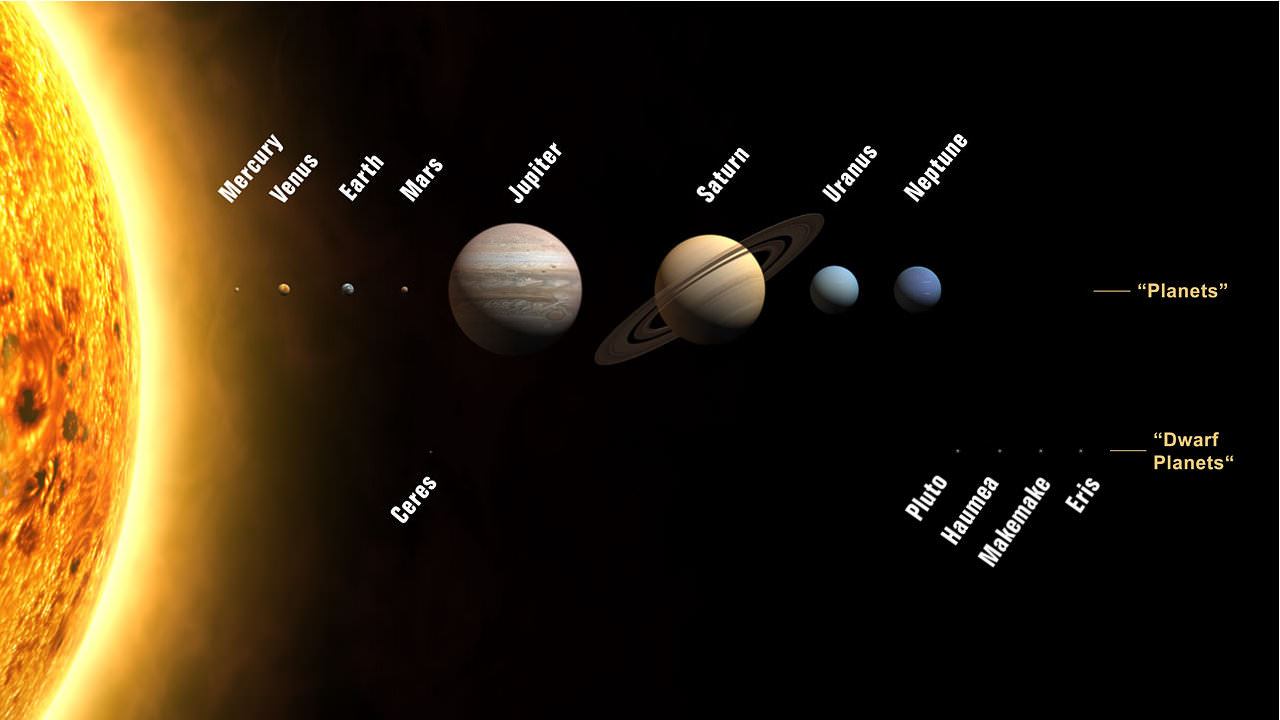Which Best Describes the Orbital Paths of the Planets
It has the shape of an ellipse. The orbital path is in a large elliptical shape.

Student Video Dancing Uranus Nasa Jpl Edu
Each planet travels on its own path around the sun.

. A planet orbiting or revolving around the sun due to gravitational force of the Sun on the planet which attracts the planet and compel the planets to move in a circular path. If this force of gravity is not applied on the planets the planets will move in a straight line instead of circular direction so gravitational pull of the Sun on the planet is very necessary for moving. These solids are the octahedron icosahedron dodecahedron tetrahedron and cube.
The orbit of a planet is not circular as the astronomers before thought. This law means that a planets orbital shape is an ellipse or oval. I read about Keplers Laws and in one of them he mentions that the path of a planet is an ellipse with the sun as one of its foci Im narrowing down this to only our solar system.
The distance from each orbital path varies from each planet to the next. Up to 24 cash back or her planets orbital path. If you were trying to ask if the orbital paths of all the planets about the same distance apart then the answer is still no.
What is the shape of a planets orbit quizlet. Planets orbit the sun in oval-shaped paths called ellipses with the sun slightly off-center of each ellipse. Be sure all the members of your group walk at.
This path is called orbit. It states that a line between the Sun and the planet sweeps equal areas in equal times. Rotate the other jobs step counter timer and recorder so that each student gets to do each job.
The orbital path varies greatly from planet to planet. Thus the speed of the planet increases as it nears the Sun and decreases as it recedes from the Sun. He wanted to find an explanation for the orbital paths of the planets.
Planets travel in elliptical orbits with the sun at one focus of the ellipse. However though Im not experienced in this subject I had a. What shape best describes the orbital path of planets.
Repeat steps 13 for each remaining planet. In 1596 Kepler published Mysterium Cosmographicum in which he postulated that the orbits of the six known planets could be arranged in spheres nested around the five platonic solids. Keplers second law of planetary motion describes the speed of a planet traveling in an elliptical orbit around the Sun.

The Inner And Outer Planets In Our Solar System Universe Today

Comments
Post a Comment